Background
In 2016, a major IT services company (now referred to as The Client) retained GDI Consulting to provide capture management services for the General Service Administration (GSA) Alliant 2 Governmentwide Acquisition Contract (GWAC).
The Alliant 2 contract is a significant vehicle in the federal marketplace for IT procurement, offering a multiple-award IDIQ framework with a potential overall ceiling value of $50 billion. This contract was intended to provide a full complement of IT solutions that could serve the broadest base of federal agencies in the United States. It was designed to make it easier for all relevant federal agencies to quickly acquire new IT solutions that would help them meet their different needs.
The highly competitive nature of the GWAC and its potential scale was such that winning a position as a prime contractor on Alliant 2 would secure a significant stream of revenues for The Client and establish notable prominence in the federal IT marketplace. The Client understood that participation in Alliant 2 was a critical component of a growth strategy and sought out GDI Consulting to manage the complex capture and proposal development process.
Objectives
Through a robust and comprehensive Alliant 2 capture management, The Client was looking to grow its business, become established as a prime contractor under the Alliant 2 GWAC, and gain access to this substantial pool of opportunities within federal IT. The goals were multifaceted, including short- and long-run components.
- Initially, The Client needed to develop a full-fledged capture strategy that would adequately address the competitive landscape regarding the specifics of the Alliant 2 solicitation. This involved market research, competitor analysis, and how The Client would stand out.
- The other step was to develop a responsive and compliant proposal. This extensively involved minding the detailed submission requirements of GSA such that every part of the proposal, including technical solutions, previous performance, and the pricing strategy, presented at least the preset standards or exceeded the agency’s expectations.
- Third, The Client intended to position itself at the top of the federal market as the leading IT service provider; one sure way was winning an Alliant 2 contract. Part of enabling this objective includes justifying the company’s capability and successful record of delivering high-quality IT service to federal agencies.
By winning a spot in the Alliant 2 GWAC, The Client was trying to improve its brand, broaden its customer base in the federal space, and eventually realize, through increased business, significant growth in business in the highly competitive sector of federal IT.
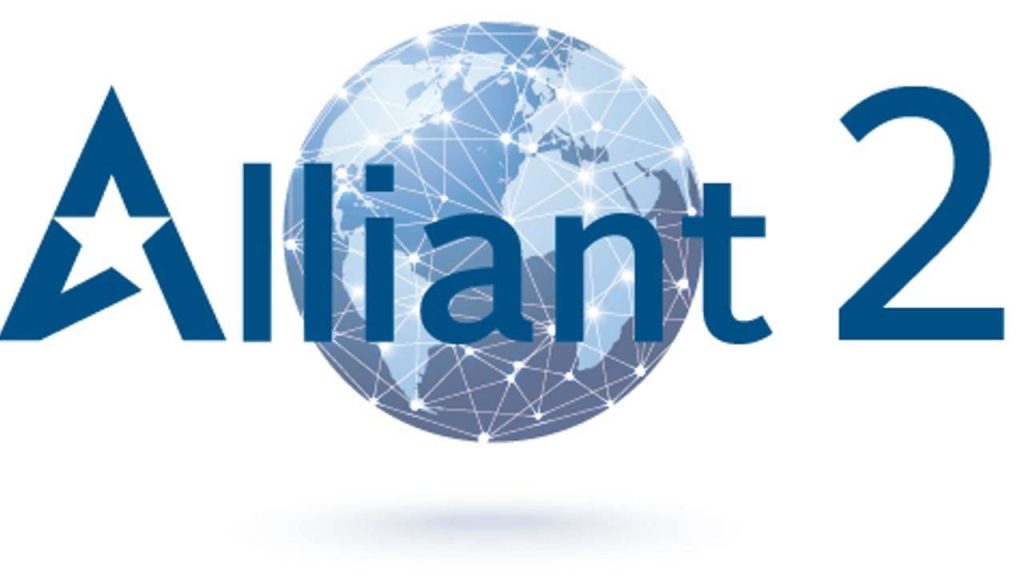
Alliant 2 Unrestricted in a Nutshell
Item |
Details |
|---|---|
| Agency: | General Services Administration |
| Office: | Federal Acquisition Service (FAS) |
| Location: |
GSA/FAS Center for IT Schedule Program
|
| Solicitation Number: | QTA0016JCA0003 |
| Contract Award Date: | November 17, 2017 |
| Contract Award Number: | 47QTCK18D |
| Contract Period: | 5 year base period, one 5-year option |
| Type of Contract and Award: | CR, FFP, T&M, LH, Hybrids of any contract type |
| Contract Award Date: | Nov 17, 2017 |
| Number of Awards: | 61 |
| Contract Value: | $50 Billion for Unrestricted |
| Small Business Utilization: | Size Standard: $34 Million |
| NAICS Codes: | 541512 – Computer Systems Design Services |
| Scope: | The scope of the Master Contract included every conceivable aspect of Information Technology Services known at the time. |
| GSA Award Notice: | 61 Companies Awarded Spots on “Best-in-Class” Alliant 2 |
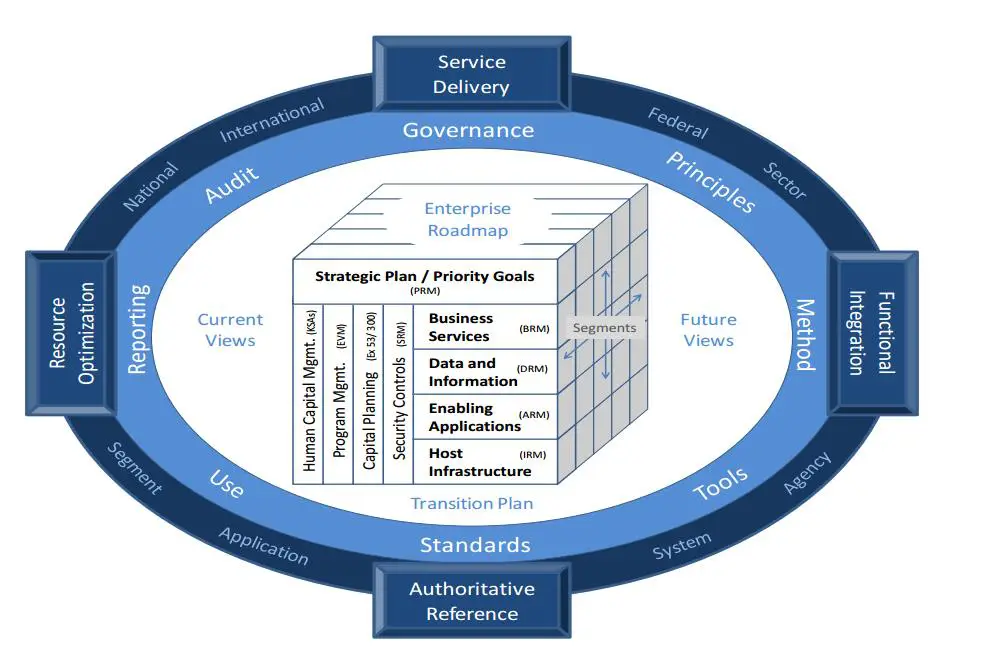
Alliant 2 – Federal Enterprise Architecture
Capture Strategy
GDI Consulting deployed all our standard proprietary capture management services organized in a robust multi-phased strategy for Alliant 2 capture management to achieve the best results.
Government Contracts Intelligence
GDI Consulting researched the market to complete a SWOT analysis and an up-to-date examination of the competition that we used to develop the key differentiators for The Client. This meant extensive research on market trends, competitors’ positions, and technological trends that could affect the contract. The team also gathered competitive intelligence on the Alliant 1 awardees and captured what they had done to win business in the past via detailed case studies, interviews with industry experts, and performing comprehensive past performance data analysis to derive actionable insights.
Using government publications, press releases, and public records such as budget allocations and contracts to track policy changes and the evolving needs within the federal IT space, the team stayed minute by minute on what changes were coming — and what vendors needed to deliver to meet them. They also used a proprietary database and intelligence tools to capture high-fidelity data about agency procurement patterns and contractor performance metrics.

Opportunity Qualification
The team evaluated the Alliant 2 opportunity to gauge fit with The Client’s competencies and long-term strategic goals. Responding to the solicitation, such as reviewing the solicitation document, understanding the technical requirements, and mapping them to offerings in The Client domain, was vital to this.
After conducting a bid-no-bid, ensuring the pursuit was worth the resources, and studying the potential returns, resources needed, and who else we were up against, it was decided the project would be highly profitable and thus worth executing a bid. With the involvement of senior leadership and key stakeholders, the bid pass workshops were conducted frequently to discuss the strategic alignment of Alliant 2 with The Client’s long-term goals and to secure their buy-in for the bid.
To make an informed bid/no-bid decision, the Procurement Success Group evaluated the cost-benefit analyses and return on investment projections related to the financial implications of pursuing Alliant 2.
Capture Plan Development
GDI Consulting created a comprehensive Alliant 2 capture management plan detailing all the critical milestones, resources, and timing. That plan consisted of a full Gantt chart visualizing the project timeline and critical path. The identified potential risks and mitigation strategies would permit a straightforward capture process: (1) to identify and elaborate such risk scenarios and define contingency plans for each case and (2) to assign a risk owner to track and drive these risk manifestations and eventually the risk mitigation itself.
A communication plan was implemented to maintain communication and involvement throughout the capture outreach; this included routine status updates, stakeholder meetings, and a discussion board just for the capture team members.
The new capture plan incorporated lessons learned from past captures to prevent the re-occurrence of previous pitfalls and exploit proven best practices.
Customer Requirements/Objectives Understanding
GDI Consulting worked with GSA officials and potential federal customers to gather intelligence related to agency needs and priorities. This included attending industry days, listening in on government webinars, and setting up one-on-one meetings with key decision-makers.
The solutions that The Client provided were adapted accordingly. The Client devised specific solutions (e.g., custom solution proposals) tailored to the pain points and objectives uncovered during customer engagements.
To capture specific needs and preferences, end users and stakeholders were surveyed using voice-of-the-customer (VoC) surveys. Detailed personas and use cases were built based on customer insights to guide solution development and ensure customer alignment.
Federal Customer Positioning
By implementing direct marketing and engagement strategies, GDI Consulting positioned The Client as a federal IT partner of choice. Brand development efforts included generating custom marketing collateral, case studies, and success stories to showcase The Client’s capabilities and history of success. Feedback on The Client’s capabilities and gaps was solicited through existing relationships, which were used to adjust the capture strategy and address perceived shortcomings.
The Client’s profile increased with C-level participation in industry events, conferences, and forums, and thought leadership was established within the federal IT community. Subsequently, a social media strategy was executed to engage with critical federal IT stakeholders and influencers, further enhancing The Client’s visibility and reputation in the market.
Black Hat Review & Competitor Analysis
One of the key components of GDI Consulting’s Alliant 2 capture management for this client was black hat review. We used black hat reviews to mimic the competitive tactic and find potential weak spots in the proposal for The Client. Many of these sessions constituted role-playing efforts, whereby team members pretended to be competitors and evaluators to simulate the potential objections and hurdles The Client would experience.
We performed a review of leading competitors’ strengths and weaknesses, and a more compelling proposal for the opportunity was created as a result of this review. Competitors’ advertisements and other promotional materials were reviewed, while their actions and statements in the press were tracked to understand their strategies and postures. Counter-strategies were developed to address competitor advantages and highlight The Client’s unique value propositions.
Decision Gate and Bid-No-Bid Re-assessment
One decision-gate review was used at every critical point, similar to the capture process, to evaluate progress and make any necessary course corrections. Validation checkpoints for strategic alignment, resourcing, and risk accompanied these. The need to re-evaluate the bid-no-bid decision was based on new information and market conditions, including ongoing competitive monitoring, changing customer requirements, and internal capacity and capability.
Win-Strategy Development
An effective win strategy was developed that highlighted The Client’s strengths and unique value propositions. This strategy focused on differentiating The Client from competitors through innovation, customer-centric solutions, and proven performance. These differentiators included proprietary technologies, industry certifications, and past performance metrics.
We developed a value proposition matrix that mapped The Client’s capabilities to the customer’s needs and objectives. We also collaborated with The Client to create persuasive messaging and storytelling techniques to effectively communicate The Client’s strengths and benefits to evaluators.
Price-to-Win, Partnering Strategy
A price-to-win analysis was then carried out, examining how it was meant to be priced — benchmarking it against competitor pricing, studying the constraints of the customer’s budget, and presenting cost-effective solutions.
Several potential partners were explored, and a partnering strategy was developed to bolster the client’s capabilities and proposal. This strategy included due diligence on possible partners, negotiation of teaming agreements, and the respective roles and responsibilities.
We built a well-thought-out pricing model that included cost breakdowns, pricing assumptions, and profit margins. Value-based pricing strategies were designed to clearly show the customer’s ROI (Connection to Customer Value).
Risk Assessment
As part of the Alliant 2 capture management plan, GDI Consulting identified potential risks associated with the capture and proposal process through risk workshops and risk registers and prioritized risks based on their impact and likelihood. Based on these risks, we developed mitigation strategies, such as implementing contingency plans, risk transfer processes, and proactive monitoring, to ensure on-time and successful proposal submission.
In addition, different risk scenarios and how the proposal would be affected by both successful and failed proposals were tested with sensitivity analysis. A Risk Governance Framework was implemented to ensure continuous risk management throughout the full capture and execution phases.
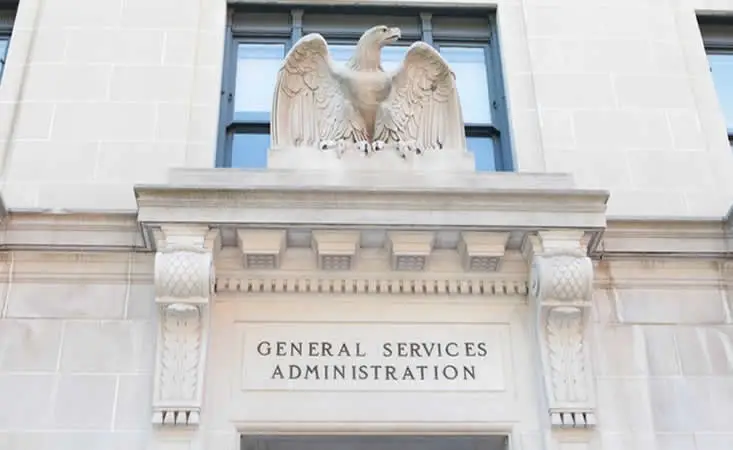
Problems & Challenges
Highly Competitive Environment
Alliant 2 Solicitation brought out the best IT companies in the country — all of which have expansive capabilities and countless resources allocated to winning the contract. The fact that they were up against these established Goliaths made it a seriously uphill battle. We were inundated with responses, making it even harder to single out what was on The Client’s end. But making a splash in the crowded space necessitated out-of-the-box thinking, innovative strategies, and a keen insight into competitors’ strengths and weaknesses.
Complex Proposal Requirements
The RFP required exhaustive documentation, including technical solutions, management approaches, past performance, and pricing strategies. Each section had to be meticulously crafted to meet GSA’s stringent guidelines. Additionally, the proposal needed contributions from various departments, including technical experts, project managers, finance teams, and legal advisors. Coordinating input from such a diverse group required precise project management and communication skills.
Compliance and Documentation
Due to the GSA’s stringent requirements on Alliant 2, potential errors and omissions from incorrect proposal submissions were rampant. It required a deep understanding of not only the solicitation requirements but also federal acquisition regulations to work through each part of the proposal and ensure compliance. Sorting through and compiling all the paperwork needed, understandably and professionally, was a chore. This included certifications, financial statements, past performance records, and technical narratives.
Time Constraints
The timeline for preparing the proposal was tight, requiring efficient time management and prioritization. Delays in any part of the process could jeopardize the submission. Furthermore, The Client had ongoing projects and commitments that needed attention, making it challenging to allocate sufficient resources to the proposal effort without affecting current operations.
Client Understanding and Engagement
Federal agencies have unique requirements and expectations. Understanding and aligning The Client’s solutions with these specific needs was critical for a successful proposal. Establishing and maintaining relationships with key stakeholders within the GSA and other federal agencies provided valuable insights and feedback, which required significant effort and strategic communication.
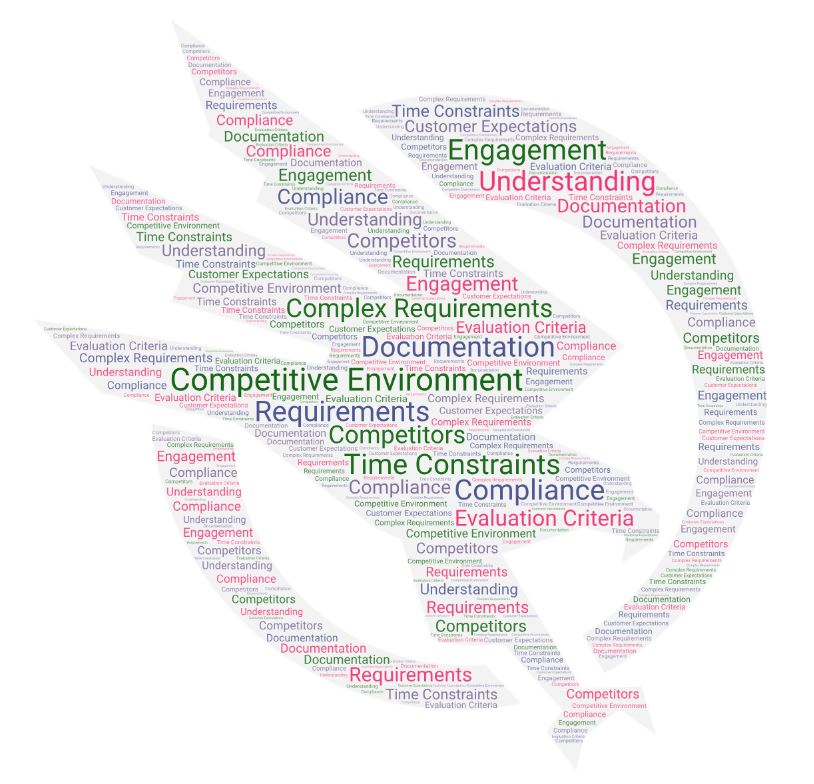
Implementation
Kick-off Meetings
GDI Consulting conducted comprehensive kick-off meetings to ensure all stakeholders were aligned on the capture plan, objectives, and roles. These initial alignment sessions included detailed presentations of the capture strategy, timelines, and critical milestones. Workshops were arranged with stakeholders that incorporated all the inputs from numerous departments: legal, finance, and technical teams, among others—trying to cover all aspects of the proposal work, with each member being transparent about their responsibilities.
Communication protocols were well laid out, with regular update meetings set to track progress and address any hitches that may be encountered along the way. A centralized communication hub was created for document sharing and collaboration. Expectations for each team member were clearly defined, and performance benchmarks were set to ensure accountability and the timely completion of tasks.
Drafting and Reviews
The proposal team engaged in multiple iterative drafting cycles, each draft being reviewed by the SMEs and critical stakeholders in the major areas for its accuracy, relevance, and ability to conform to the RFP requirements.
Adequate review processes were conducted for every proposal section, including peer reviews, SME validations, and compliance checks to ensure coherence and good language while aligning with the intended strategy. All the feedback from the varied review sessions was quickly and effectively integrated; any gaps were filled, clarity improved, and quality enhanced in the proposal. The process was managed through a robust content management system that maintains version control, tracks changes, and ensures anyone on the team can access the latest document version.
Final Submission
GDI Consulting dedicated significant time to polishing the final proposal, including thorough proofreading, formatting checks, and ensuring all graphics and tables were clear and professional. Final compliance checks were also conducted to ensure the proposal met all RFP requirements. It was a complete checklist that required every mandatory section, form, and certification to be present.
Mock submissions were made to check for technical issues and ensure a flair-free and smooth final submission so that there was no last-minute surprise. The strategy of submitting early was also exercised, during which the final proposal was submitted far before the deadline to allow ample time for addressing any issues that may not have been foreseen and reinforcing the client’s reliability and preparedness.
A follow-up plan was established to check the status of submissions, confirm receipts, and respond to post-submission queries from the contracting agency, ensuring transparency and allaying any doubts of incompetence.
Outcome of the Alliant 2 Capture Management
GDI Consulting’s successful Alliant 2 capture management process enabled The Client to win a place within the highly competitive Alliant 2 GWAC and to achieve significant milestones and strategic advantages. Through this contracting mechanism, The Client could put itself in a position to grow for years to come, enhance its reputation within its sector, and achieve an upper hand in the federal IT service marketplace. This outcome would show the importance of exemplary implementation of a capture strategy and strategic associations’ role in winning significant government contracts.
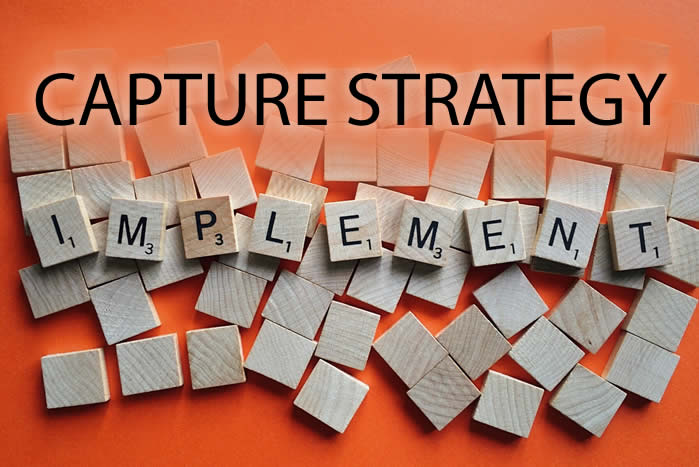
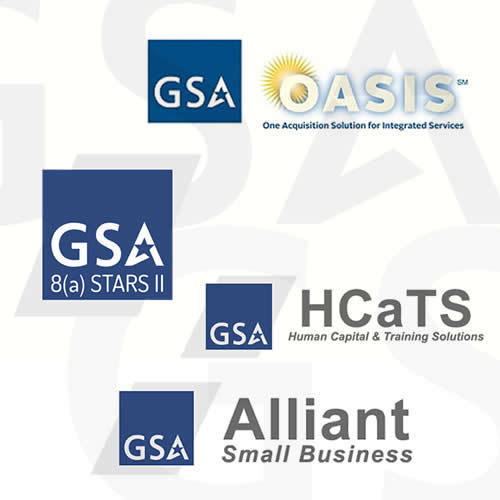
Why GDIC Excels?
General Services Administration is a major source of US government business opportunities in all sectors of industry. In recent years, GSA has been using more of the new contracting vehicle and solicitation evaluation framework called Self-Scoring Proposals rather than from the traditional proposals mainly consisting of Management, Technical and Pricing section. By getting the contractors involved in the scoring process so that they become better aware of their strengths and weaknesses, GSA hopes that the outcome of this process is higher quality and better managed contracts at lower costs to the government. However, the new system has its complexities, and very few contractors can take advantage of the full potential of these solicitations to secure contracts.
GDI Consulting has been working on GSA proposals for years, and is an expert in Self-Scoring contract vehicles, both from GSA (e.g. OASIS, Alliant, VETS, and HCaTS) and other agencies (e.g. SEC OneIT) with over 100 proposal completed and many wins. We provide consultation, full proposal development, and also proposal review services at different stages of its development. So, whenever you decide to enter into a Self-Scoring federal bid, let our vast experience bring out the best of your corporate assets and professional capabilities and support you in winning your desired contract.
